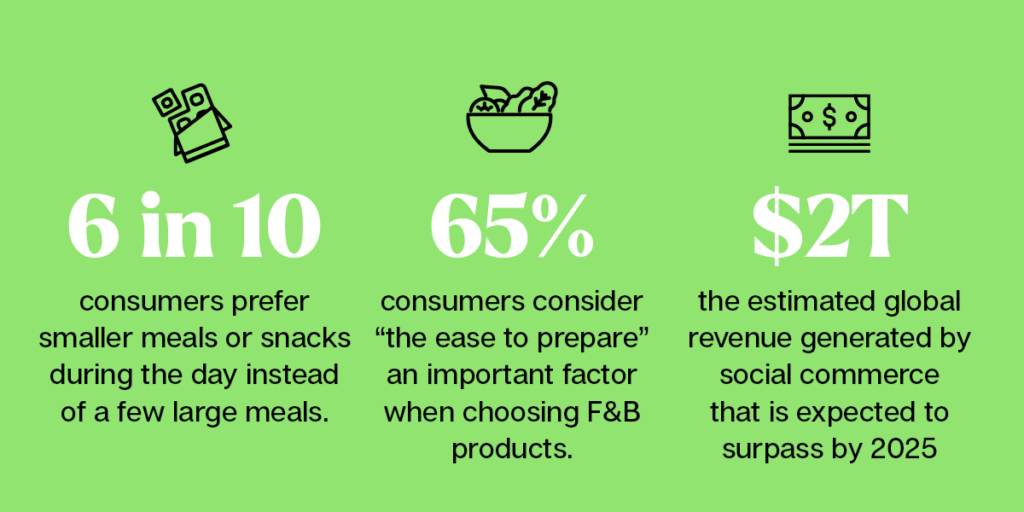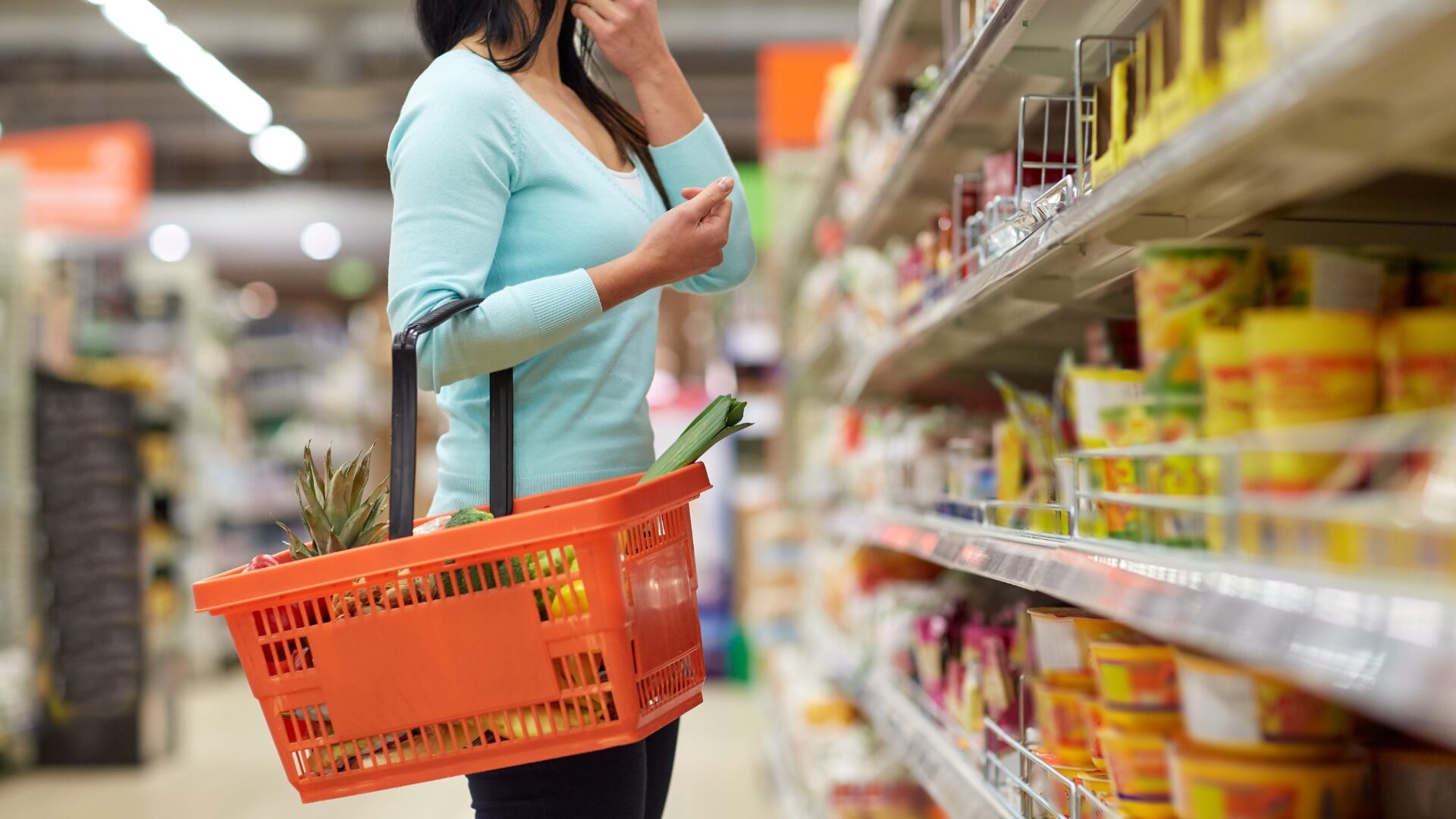In today’s fast-paced life – where the lines blur between work, leisure, and personal commitments – consumers seek convenient food solutions that match their lifestyles.
The “snackification” trend – the inclination to favor snacks over traditional meals – is gaining momentum, driven by global shifts like urbanization. As the global populace deals with longer commutes and heightened workloads, quick, on-the-go snacks are increasingly appealing. For many at-home and in-office workers, increased screen time requires multitasking, which makes convenient snacking a natural fit for many consumers today.
Roughly 67% of individuals worldwide make spontaneous meal decisions. That revelation was just one of the many noted in Mondelēz International’s recent State of Snacking: Future Trends report.
Mondelēz’s findings also included several eye-opening statistics, such as the following:
- Approximately 6 in 10 global consumers prefer smaller meals or snacks during the day instead of a few large meals.
- A reported 65% of consumers consider “the ease to prepare” an important factor when choosing F&B products.
- By 2025, the global revenue generated by social commerce is expected to surpass $2 trillion USD.
Today’s consumers seek snacks that not only satisfy but also nourish, blending convenience with balanced nutrition and illustrated by the emergence of breakfast bars and protein snack boxes.
The Era of Digital-first Retail
The retail landscape is evolving like never before and driven by digital innovation. E-commerce is predicted to account for over 20% of total retail sales by year’s end as more consumers desire instant gratification. The integration of digital and physical retail channels further enhances the shopping experience, making it seamless and more intuitive.
The advent of “contextual commerce” – embedding purchasing opportunities into everyday digital interactions, from social media browsing to online gaming – makes shopping a more integrated part of the consumer’s digital experience. The popularity of livestream shopping and the influence of social media on purchasing decisions highlights the increasing pairing of commerce and content, where buying becomes an extension of engagement.
Along with these developments, the “smartification” of homes through advanced technologies like AI and IoT is transforming homes into highly connected, efficient living spaces. Smart devices not only enhance convenience but also personalize the consumer experience, from recommending recipes to assisting online grocery orders. The potential for AI assistants to automate grocery shopping could lead to a future where technology plays a key role in shaping food choices.
Convenience is Imperative
The demand for products that help streamline daily routines and offer time-savings is at an all-time high. Modern consumers prioritize ease of preparation and portable packaging.
As living and working arrangements evolve – with a shift toward remote work and diverse household configurations – the need for versatile, nutritious, and convenient food options becomes even more necessary. The rise of food delivery services and online grocery shopping reflects this shift.
As the pace of modern life quickens, the food and snacking industry is evolving to prioritize flexibility, nutritional balance, and the integration of technology into every aspect of the food experience.











